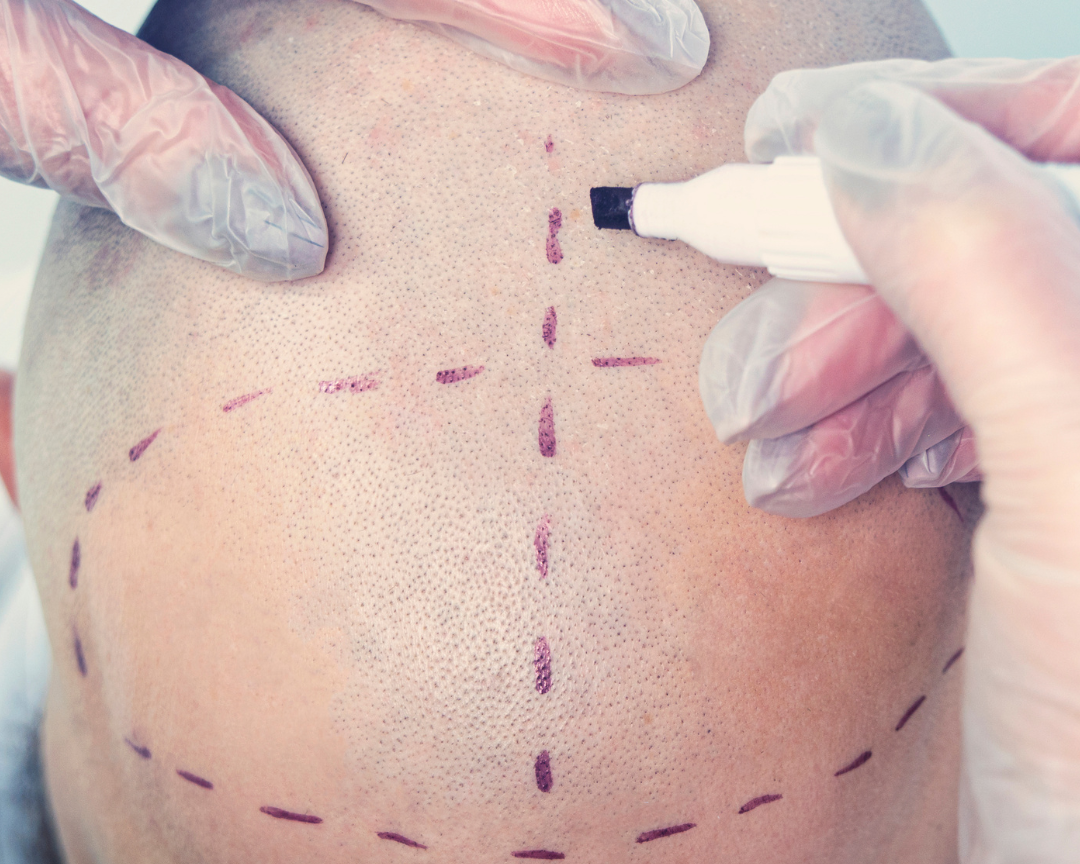
Hair transplantation has emerged as a beacon of hope for many facing hair loss, offering a chance to regain not just hair, but also confidence and self-esteem. However, the success of this intricate procedure hinges on a critical aspect – the calculation of the necessary amount of grafts. This article delves into the science behind graft calculation, a fundamental step in ensuring the effectiveness of hair transplantation.
Understanding Hair Transplantation
Before we explore graft calculation, it’s essential to understand what a hair transplant entails. This surgical procedure involves moving hair follicles from a part of the body, known as the ‘donor site,’ to the balding or thinning area, known as the ‘recipient site.’ The key to a successful transplant lies in the precision of graft placement, which is where graft calculation comes into play.
The Parameters of Graft Calculation
Graft calculation is not a one-size-fits-all approach. It involves several critical parameters to ensure that each patient receives a personalized treatment plan. These parameters include:
Follicular Units per Square Centimetre in Non-Affected Zones: This measures the density of hair in areas not affected by hair loss.
Number of Hairs per Square Centimetre in Non-Affected Zones: This helps in understanding the overall hair volume.
Diameter of Hairs in Non-Affected Zones: Thicker hairs cover more scalp area, influencing the number of grafts needed.
Follicular Units per Square Centimetre in Affected Zones: This indicates the severity of hair loss.
Number of Hairs per Square Centimetre in Affected Zones: It helps in assessing the extent of balding areas.
Diameter of Hairs in Affected Zones: This helps in determining the texture and quality of the remaining hair.
Surface Area of the Zones: Larger areas require more grafts.
The Role of Technology in Graft Calculation
Advancements in technology have significantly improved the precision of graft calculations. The use of a microcamera to study the scalp provides accurate information about the parameters mentioned above. This technology ensures that the calculation is not just based on estimations but on detailed scalp analysis.
The Importance of Personalized Graft Calculation
Every individual’s hair loss pattern is unique, and so are their hair restoration needs. Personalized graft calculation ensures that patients receive the right number of grafts, not just to cover bald spots but also to achieve a natural-looking hair density. Overestimating or underestimating the number of grafts can lead to unsatisfactory results or unnecessary complications.

Conclusion
In conclusion, the calculation of the necessary amount of grafts is a cornerstone of successful hair transplantation. It requires a blend of scientific understanding and technological aid to ensure that each patient’s unique needs are met. If you’re considering a hair transplant, it’s crucial to consult with a specialist who can provide a detailed scalp analysis and a personalized treatment plan.

